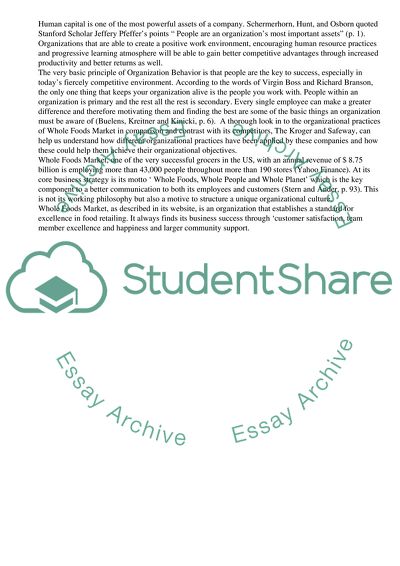Cite this document
(Whole Foods Markets - Comparative Analysis Evaluating Business Success Research Paper, n.d.)
Whole Foods Markets - Comparative Analysis Evaluating Business Success Research Paper. Retrieved from https://studentshare.org/business/1742944-comparative-analysis-to-evaluate-business-success
Whole Foods Markets - Comparative Analysis Evaluating Business Success Research Paper. Retrieved from https://studentshare.org/business/1742944-comparative-analysis-to-evaluate-business-success
(Whole Foods Markets - Comparative Analysis Evaluating Business Success Research Paper)
Whole Foods Markets - Comparative Analysis Evaluating Business Success Research Paper. https://studentshare.org/business/1742944-comparative-analysis-to-evaluate-business-success.
Whole Foods Markets - Comparative Analysis Evaluating Business Success Research Paper. https://studentshare.org/business/1742944-comparative-analysis-to-evaluate-business-success.
“Whole Foods Markets - Comparative Analysis Evaluating Business Success Research Paper”, n.d. https://studentshare.org/business/1742944-comparative-analysis-to-evaluate-business-success.


